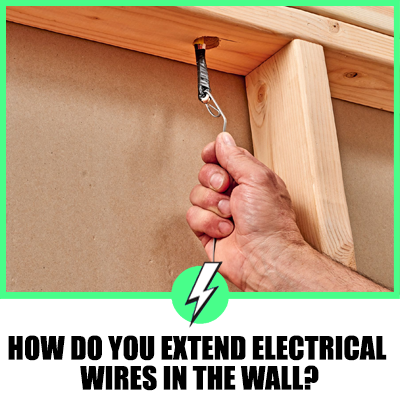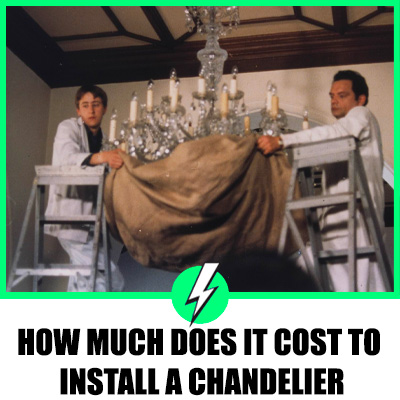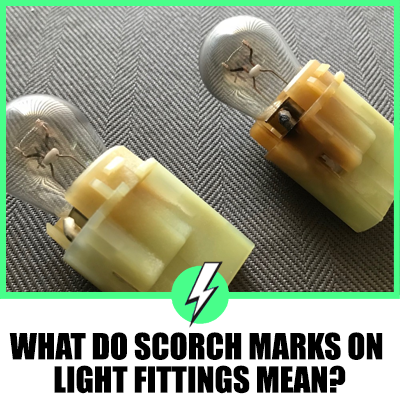How Do You Extend Electrical Wires In The Wall?
Why do electricians always cut cables short without leaving any room to pull the cable through the socket, leaving the need to extend the cables?
The electrician keeps cable lights in check because the electric cable is expensive. The additional lengths would soon add up if they left an additional metre of cable on each socket outlet. Keeping cables short prevents voltage drops across a circuit.

Contents
How do you extend electrical wires in the wall?
First, you need to locate your electrical wire in the wall. Using a stud detector with a built-in live wire detector, you can do this.
You will need to have the circuit energised for the detector to be able to pick up the magnetic field created by electricity flowing through the wire.
Isolate the electricity at the consumer board, don’t isolate the circuit. Disconnect the whole consumer board by flicking down the double red switch on your right-hand side as you face the consumer board.
If the wire is behind drywall, you can be almost certain that the wires have been dropped straight down to remove the socket or light fitting and pull the wire through as far as possible.
Is there a plan for how houses are wired?
New houses, yes. Your electrical cables should run 150 mm from the ceiling or 150 mm from where walls meet in a corner.
You can refer to the 18th Edition for verification and example drawings of layouts.
What methods can you use to extend electrical wires in your home?
There are three main methods to use:
- Crimping
- Junction connector blocks
- Blocks with small levers such as Wago
The crimping method
Know the size of your cable to select the correct size crimp. Suppose your cable conductors are 2.5 ㎟ use the blue crimp.
Place the blue crimp in the crimping tool and fix the prepared conductor to one side of the crimp, ensuring that the wires are inside the metal section.
Apply pressure to the crimping tool and give a solid squeeze to make a solid crimped joint.
Now place the blue crimp back into the crimping tool and place the conductor from the wall into the inline blue crimp and repeat the process, so you have a solid joint.
Inline crimps are a permanent solution for extending electrical wires and take minimal space.
Junction block connectors
The most prevalent but the most troublesome connector to use. Again place the prepared cable into one side of the screw terminal and tighten until you have a solid connection.
Do the same process on the other end of the junction block connector. The problem with these small inline screw connectors is they need to be placed inside a junction box for protection, making them cumbersome and impossible for some jobs.
Lever blocks such as Wago
Lever blocks such as Wago are the perfect solution for a hassle-free wiring extension. They are small enough to place behind drywall.
Again use prepared conductors, making sure the conductor length is not too short and not too long. 11 mm is the ideal length.
Place the conductor into the terminal and flick down the lever. They provide a strong and fast solution to extending wires.
In all cases with the 3 methods, you need to prepare your extension conductors with enough conductors exposed for a good connection. But not so much that the conductor is shown when the termination is made.
Do I need a junction box to extend the wiring?
Not always. If you use the crimp or inline screw blocks, it is advisable to use a junction box to protect the connections, even if they are permanent.
The problem with screws is they have a habit of coming loose, so having the connector block in a box makes for an easy repair should there be a problem.
The lever type connectors offer a better solution even if they are more expensive than the other two methods of connecting conductors together.
According to the regs, you can use these connectors and slip them into a ceiling video or behind drywall without problems.
Can you splice wires in a wall?
Yes, but why would you?
If you decide to splice the conductors, you will have 20 minutes of splicing, soldering and heat shrinking before placing the joint into a junction box.
There are better and easier watts to achieve the same goal at a faster pace with neater and more reliable results.
How much does it cost to relocate an electrical outlet?
It depends on where you live in the UK. In the London area, you can expect to pay considerably more than further north or west.
Outside of London, the typical hourly rate of an electrician is around £ 45.00 per hour, which is cheap when everything is considered.
Of course, you will then have the parts on top of the labour rate, but sockets are not so expensive.
Can a DIY enthusiast extend electrical wiring in a wall?
It depends on a couple of things, 1—the skill and competency level of the DIY enthusiast, and 2. Suppose the wiring extension comes under part P of the building regulations.
To fall foul of the building regulations can be dangerous, and also, you can become criminally liable if your DIT wiring extension causes an incident.
In all cases, it should be left to a competent electrician to get the job done right so you can have peace of mind.
Which is the best way to extend electrical wires in the wall?
It depends on your preference. It seems as if the inline connector screw block is the least favourite, although they were used everywhere at one time.
Crimps provide a permanent solution, but you need a tool, and you need to work out the size of the crimp to use.
The lever blocks are perfect for providing a permanent solution, and they are fast and easy to use.





